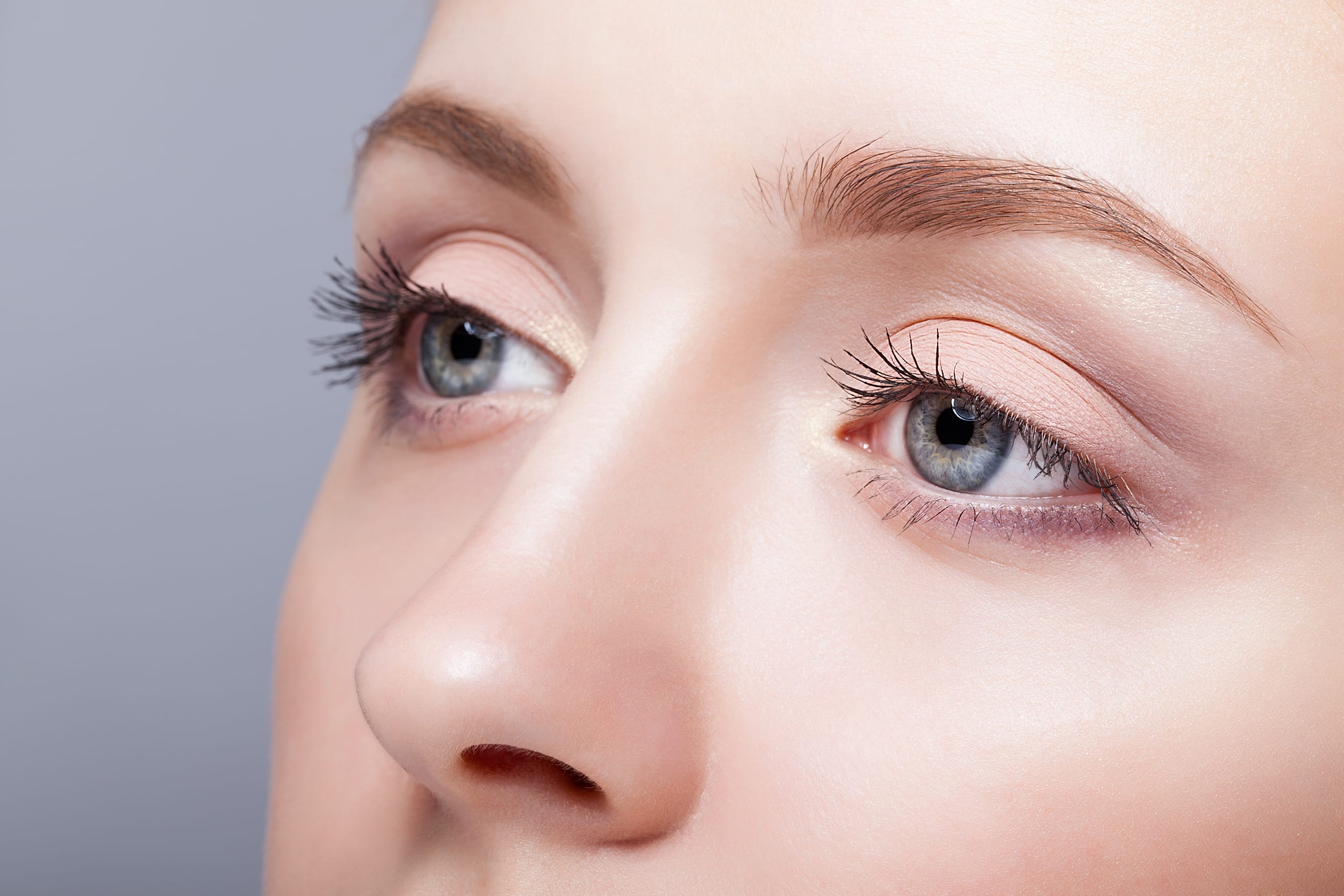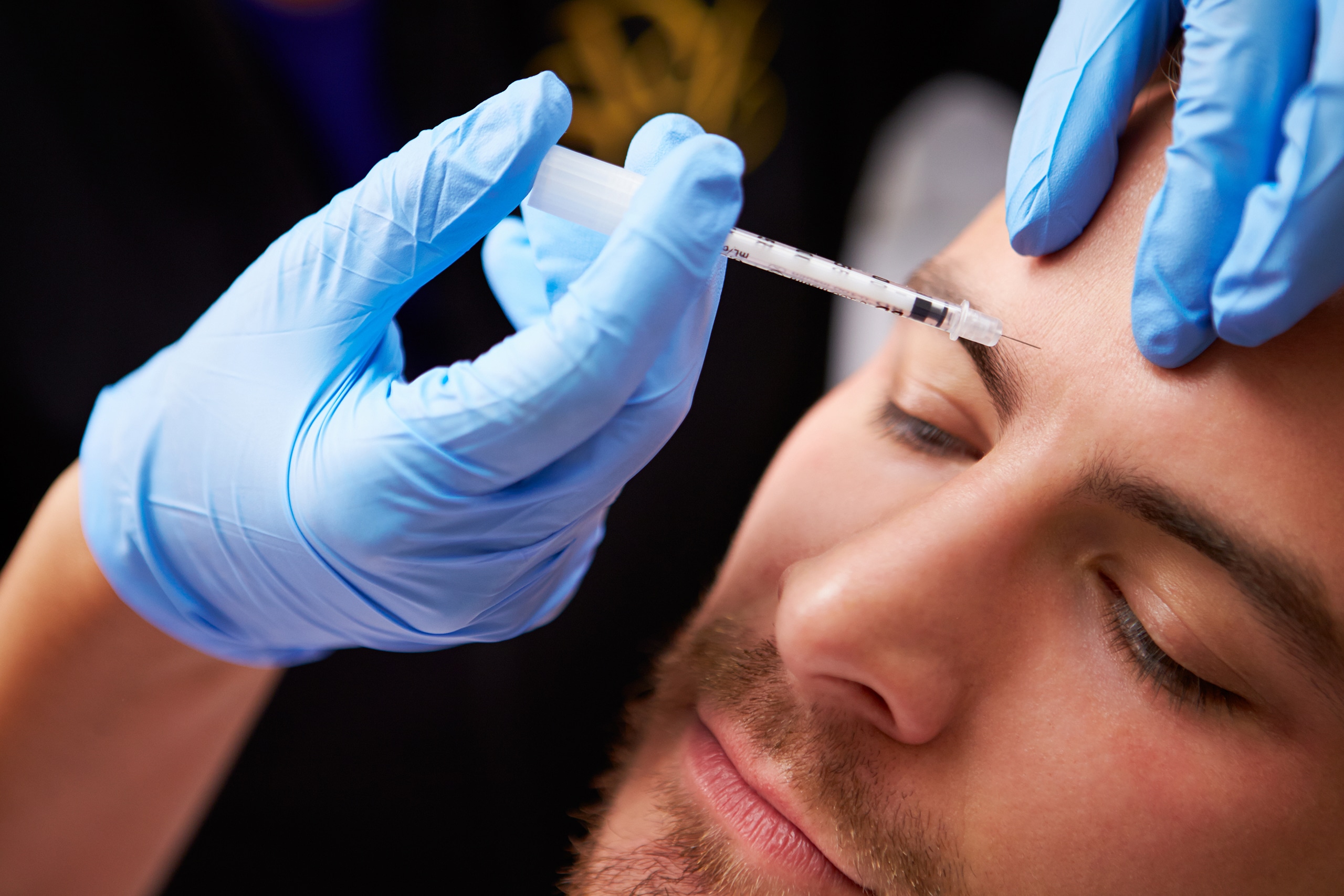Suddenly and surprisingly it is there: a small bump on the wrist, knee or foot. In most cases, a ganglion is harmless to health, but depending on its size and location, it can cause pain and limit freedom of movement. To remove ganglia and get to the bottom of the triggers, Dr. Matiasek offers promising diagnostic and treatment methods in his practice. In a personal consultation, he can get an idea of your condition and create an individual treatment plan that is tailored to you and your needs.
What are the symptoms of a ganglion?
A ganglion, or ganglion, is a benign growth that often occurs near the joint capsule. It is a benign tumor whose capsule is surrounded by connective tissue and filled with a gelatinous fluid. This passes through a pedicle from the nearby joint capsule into the capsule of the ganglion. A ganglion usually appears suddenly and can be hard or soft. In some cases you can even move the bump under the skin. The ganglion can also increase in size as it continues to fill with synovial fluid. But it can also stay the same size, get smaller and in some cases even disappear completely on its own.
In most cases, a ganglion has no negative consequences. However, if it is in an unfavorable position or continues to swell, it is possible that over time you will feel pain or be restricted in your freedom of movement. A ganglion can reach a diameter of several centimeters. Patients often perceive a ganglion as very unsightly, especially if it stands out clearly from the joint where it originated.
If you feel a tingling sensation or a feeling of pressure and numbness, you should definitely have this examined so that the cause and further action can be clarified. Because especially when the ganglion presses on a tendon or a nerve, damage can occur that can be avoided with timely diagnosis and adequate treatment methods.
How is a ganglion formed?
It is still not entirely clear why a ganglion occurs. Patients often already have an injury or irritation caused by an underlying disease. There are therefore many factors that favor the development of a ganglion. These include overloading, chronic irritation or overstretching of joints. Osteoarthritis can also be a trigger for the development of a ganglion. Because of the variety of possible triggers, Dr. Matiasek is very concerned to get to the bottom of the cause of the ganglion in order to adequately treat any underlying disease that may be present.

What do I have to consider before removing a ganglion?
So that Dr. Matiasek can offer you a suitable and complication-free removal of your ganglion cyst, it is first important to have a joint consultation. In this not only a thorough examination takes place, but you will be informed about all aspects of the different treatment methods for a ganglion. You will also be informed by Dr. Matiasek on the pre- and aftercare so that you are optimally prepared for the removal of the ganglion.
You should avoid alcohol and nicotine for about two weeks before the ganglion is removed in order to support the wound healing process. In addition, you should not take any blood-thinning medications such as aspirin, marcoumar, plavix, ASA or thrombo ASA. You should also stop taking sleeping pills up to two weeks before the operation. That's why it's important that you have Dr. Inform Matiasek in your preliminary talk about all medications that you need to take regularly so that he can prescribe adequate alternatives for you if necessary.
How does the ganglion removal treatment work?
Ganglia do not necessarily pose a health risk. Nevertheless, a diagnosis and treatment of the ganglion is recommended, since pre-existing conditions are often identified as triggers and must be treated adequately. A visual diagnosis is usually sufficient for the examination, since ganglia usually form very clear visible and tangible swellings and have a characteristic shape. An ultrasound examination can also be carried out for a reliable diagnosis.
Surgical removal is only necessary in rare cases, since the ganglion disappears on its own in almost half of those affected. If your ganglion disturbs you for medical or aesthetic reasons or significantly restricts your freedom of movement, Dr. Matiasek offers you two treatment options for removal in his practice. Both can usually be performed under local anesthesia.
On the one hand, a ganglion can be surgically removed. A skin incision is made at the site to be treated and the ganglion and the connecting tunnel to the nearby joint capsule are exposed. In this way, the fluid-filled ganglion can be carefully detached from the surrounding tissue. A surgical procedure is fundamentally advantageous, since the connection between the ganglion and the joint capsule can also be removed, which reduces the likelihood that the ganglion will appear again. The surgical procedure usually takes 20 to 30 minutes. As aftercare, patients are recommended to initially immobilize the affected hand with a bandage.
On the other hand, a minimally invasive, endoscopic treatment method can also be used: a joint reflection using an endoscope. This method is particularly suitable for smaller ganglia in the region around the wrist, which are usually very difficult to feel. In this so-called arthroscopic treatment, the connection between the ganglion and the joint is removed from the inside, causing the ganglion to dry out because it can no longer be supplied with synovial fluid.
What complications can occur with ganglion removal?
The removal of a ganglion usually has very few complications. Nevertheless, complications such as vascular bleeding or nerve injuries can occur, especially during surgery. In addition, infections, wound healing disorders, inflammation and the development of a chronic pain syndrome cannot be completely ruled out, but they are a rarity. In addition, a relapse, i.e. a new formation of the ganglion, cannot be ruled out.
What do I have to consider after the ganglion removal?
After the treatment, Dr. Matiasek puts on a special bandage so that you can move again immediately after the operation. After a short period of rest, patients should start doing light exercises on the operated joint again. You can also prevent stiffening of the joint with accompanying physiotherapy. When the wound has healed well, Dr. Matiasek the remaining stitches two weeks after the operation. With good follow-up care and depending on your activity, you will be fully fit for work again after two weeks at the latest.
What is the prognosis for a ganglion?
A ganglion is a benign protuberance that usually progresses fairly well and can also spontaneously regress. In some cases, however, it can also enlarge spontaneously. Normally, it does not cause any health problems, which is why it is usually not necessary to remove it from a purely medical point of view.
After a ganglion removal, you should devote yourself to long-term scar care in order to achieve the greatest possible healing success. Special ointments are recommended to keep the scar supple. However, it can take up to a year for the scar to reach its final state. The more you devote yourself to scar care, the higher the probability that the scar will heal quickly and remain less visible.
Even after a successful ganglion removal, there is a risk of recurrence. So it cannot be ruled out that a new ganglion forms at the same or at a different location. In order to prevent recurrences and prevent overloading, which can lead to the formation of a new ganglion cyst, you should always relax the muscles around the affected joint a little.
Even if a ganglion usually does not pose any medical risk, you should still have it examined. dr It is very important to Matiasek to identify any possible triggers and previous illnesses and to offer you professional advice so that the most suitable treatment method can be found for you. For further questions as well as for consultations and first appointments, Dr. Matiasek will be happy to help you in his practice by prior arrangement by phone.






